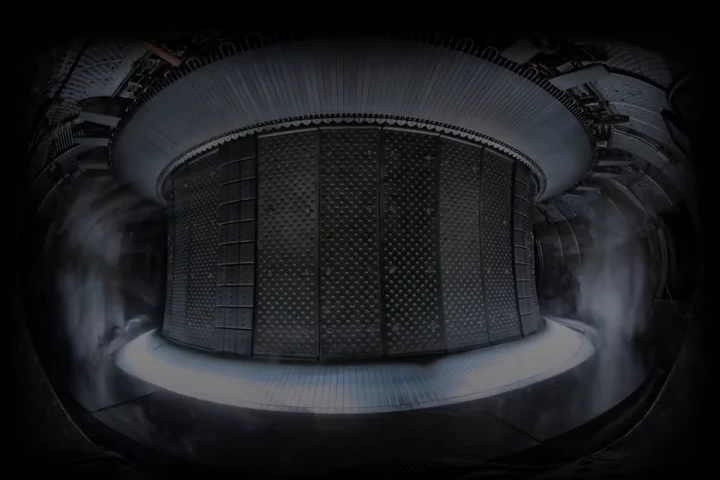When looking at light fromdistant galaxies, the very brightest examples are often given labelslike "ultra" or "hyper-luminous." Now, astronomers from theUniversity of Massachusetts at Amherst (UMass Amherst) have observed a new set ofgalaxies for the very first time that are as much as 10 times asluminous as previous findings. The galaxies aren't quite all theyseem, however, with their notable appearance a result, at least inpart, of a phenomenon known as gravitational lensing.
When astronomers categorize luminousobjects in the night sky, if it has a rating of 1 trillion solarluminosities, then it's referred to as "ultra-luminous."Similarly, it it's rated at 10 trillion solar luminosities, it getsthe label "hyper-luminous." But the new objects are much brighter, as much as 100 trillion solar luminosities, with theresearchers responsible for their discovery dubbing them "outrageously luminous."
The observations were made using anumber of instruments, including the Herschel Space Observatory, theLarge Millimeter Telescope (LMT), which is the world's largest singledish steerable millimeter installation, and the Planck telescope. Thelatter was particularly instrumental in making the discoveriespossible, with its all-sky coverage allowing the astronomers to spotthe objects in the first place, while the higher resolution of Hershel and the LMTallowed their locations to be precisely pinpointed.

The astronomers estimate that thegalaxies are around 10 billion years old, having formed just 4billion years following the Big Bang. According to the researchers,the galaxies appear so big and bright that no one expected suchobjects to exist, meaning that the discovery could significantlyadvance our understanding of galaxy formation.
"Their existence teaches us about theprocess of collecting matter and of galaxy formation," said theUniversity of Massachusetts at Amherst's Professor Min Yun. "Theysuggest that this process is more complex than many people thought."
That said, the galaxies aren't quite asmassive as they first appear. After initially spotting the objects,the researchers performed follow-up investigations, and discoveredthe extreme level of brightness is actually, in part, due to aphenomenon known as gravitational lensing, wherein an object sits inthe foreground between the point of observation and the galaxy beingstudied, magnifying the light as it passes.
Even in light of the lensing, whichmakes the galaxies appear as much as 10 times brighter than theyactually are, they're still, by any standard, extremely luminous. Finding so many lensed objects in a single study – a totalof eight were discovered – is also very rare, with the researchersequating it to "finding the hole in the needle in the haystack."
Analysis of the recorded data revealedthat the brightness is likely due to an astonishingly high rate ofstar formation. It's not yet known exactly how or why the galaxiesare capable of such rapid star birth, though the researchers intendingto continue their investigations in the hope of unraveling themystery.
The researchers published theirfindings online in the Monthly Notices of the Royal Astronomical Society.
Source: UMass Amherst





